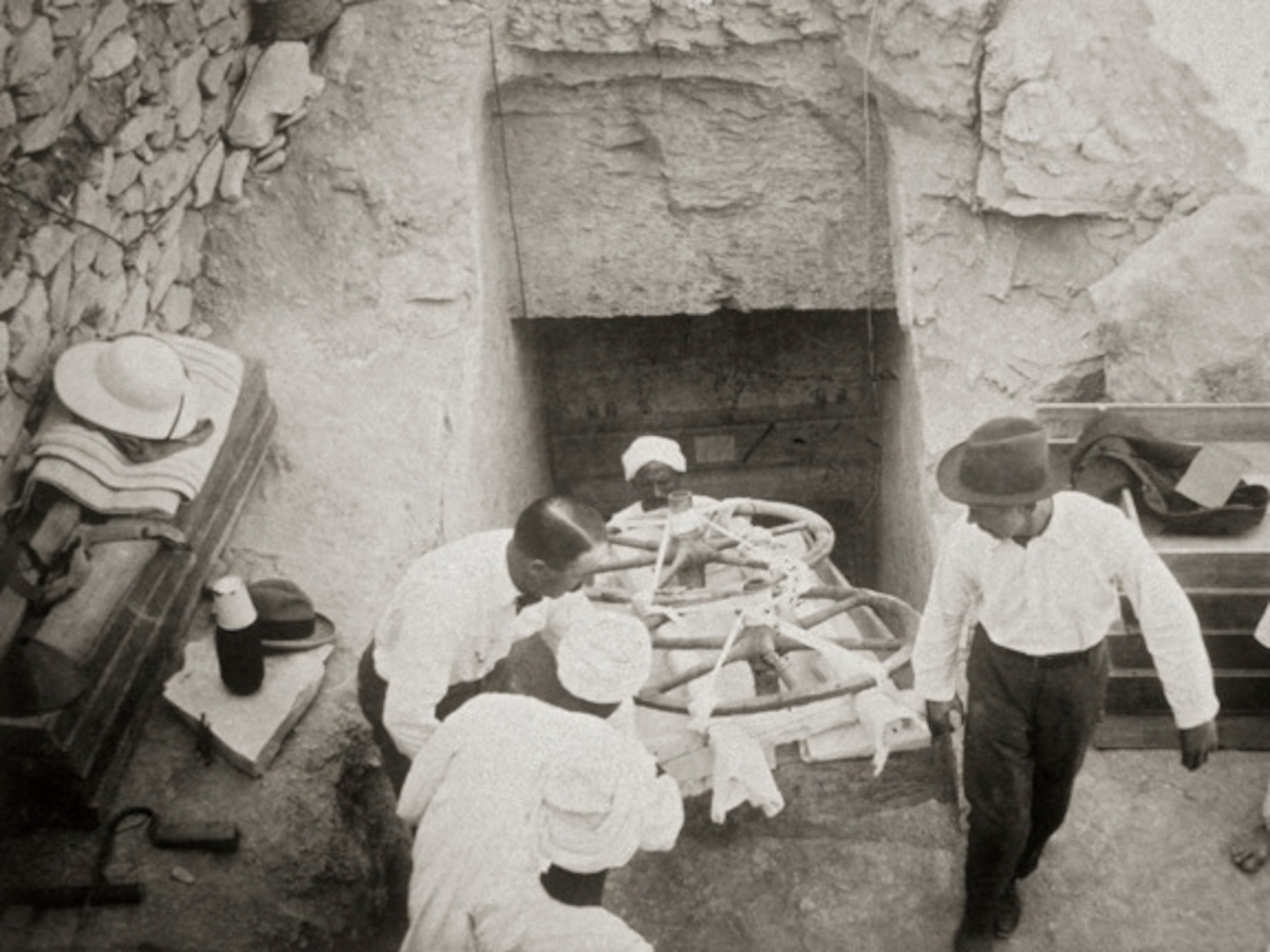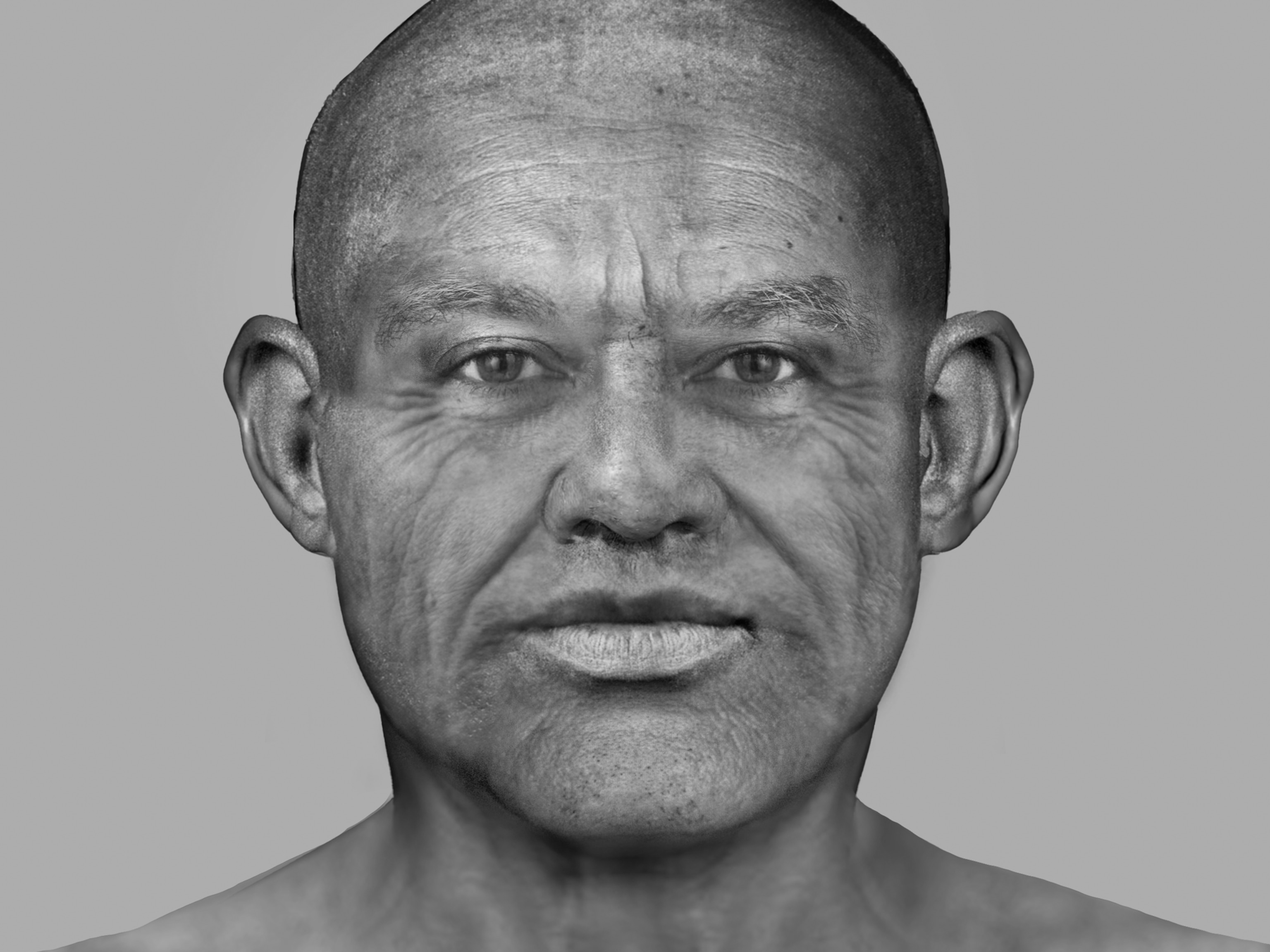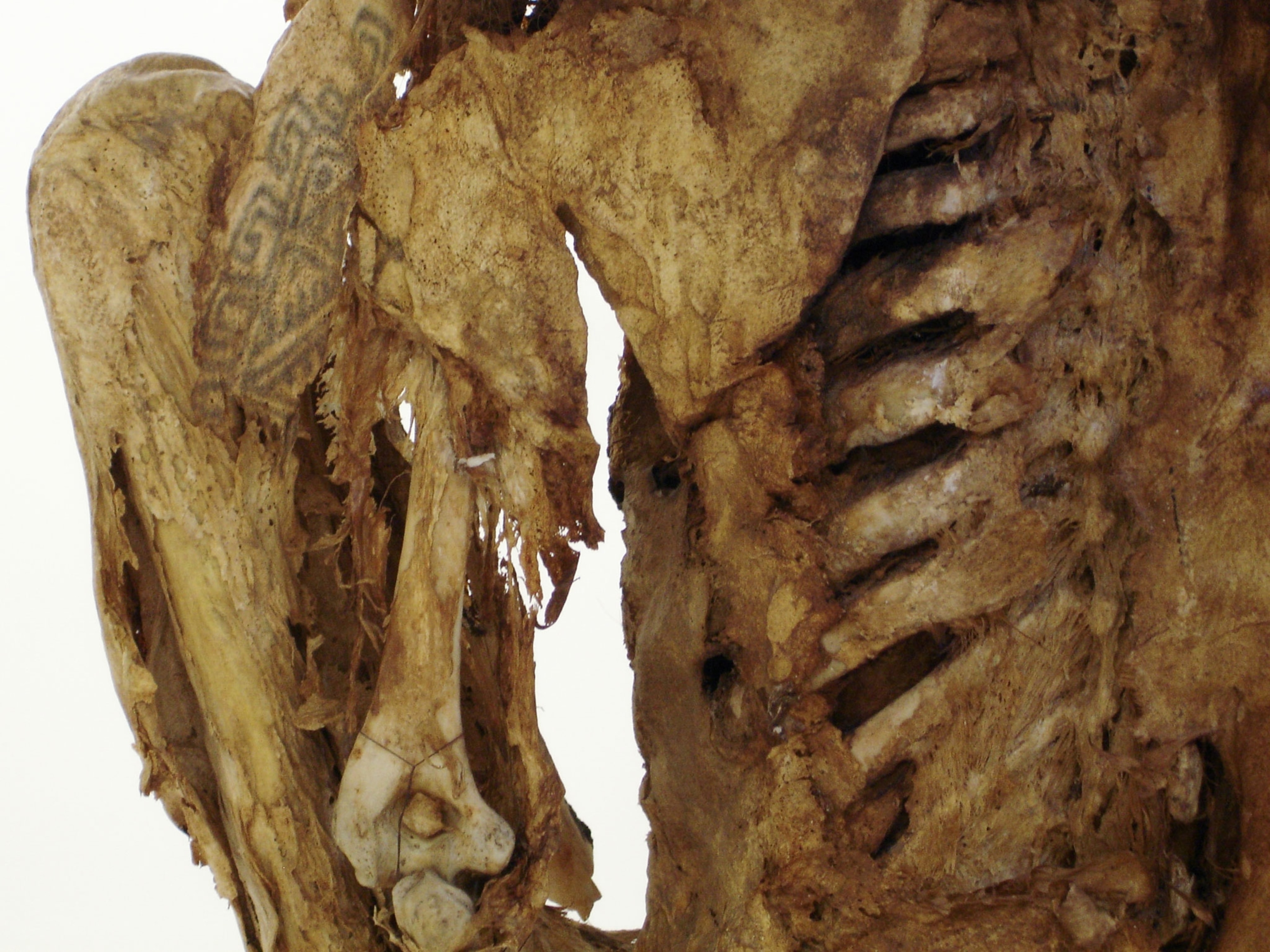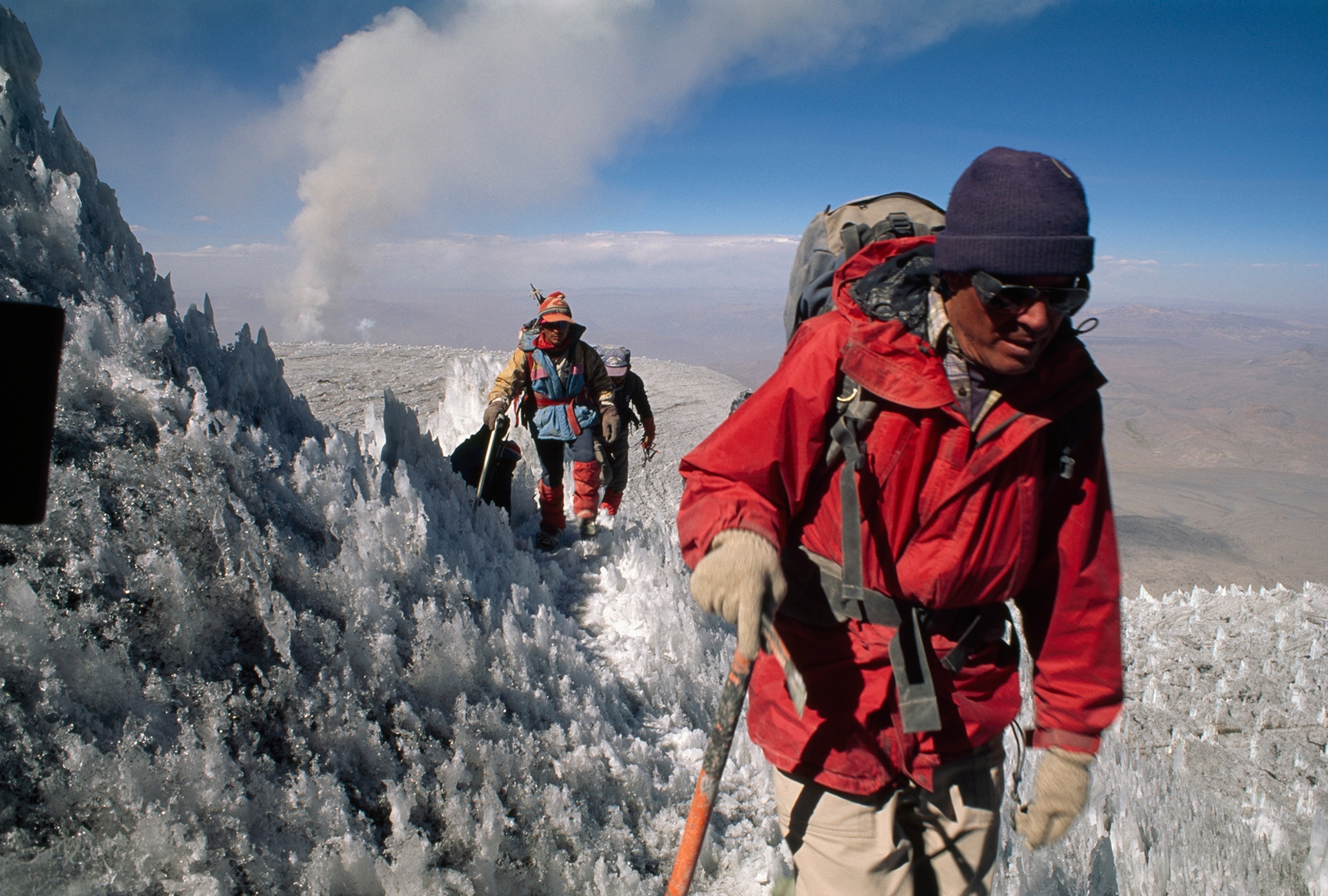
He May Actually Be the Most Interesting Man in the World
All-around adventurer Johan Reinhard's greatest achievement may have been the discovery of a 500-year-old mummy high in the Andes Mountains.
It’s virtually impossible to define Johan Reinhard. But if he were to be branded by Madison Avenue, he could easily be one popular beer commercial’s “Most Interesting Man in the World.”
Explorer. Anthropologist. Archaeologist. Photographer. Cinematographer. Mountaineer. Scuba diver. River rafter. Writer. Lecturer. Now 72, the Rolex Laureate and former National Geographic Explorer-in-Residence has been all that—and more.
By the early 1990s, he’d summitted more 20,000-foot-plus Andean peaks than any other climber. That’s along with 150 sky-diving jumps. He’s participated in underwater archaeological dives from the Mediterranean Sea to Licancabur Lake—at 19,350 feet, it's among the world’s highest altitude dives. He’s also crossed deserts by camel and made some of the first rafting descents of the Trisuli and Sun Kosi rivers. He’s conversant in German, Nepali, and Spanish. And he’s authored over 80 publications, including five books.
How does Reinhard view himself?
"I'd like to be seen as an explorer who has made contributions in discoveries of rare objects and theory,'' he says.
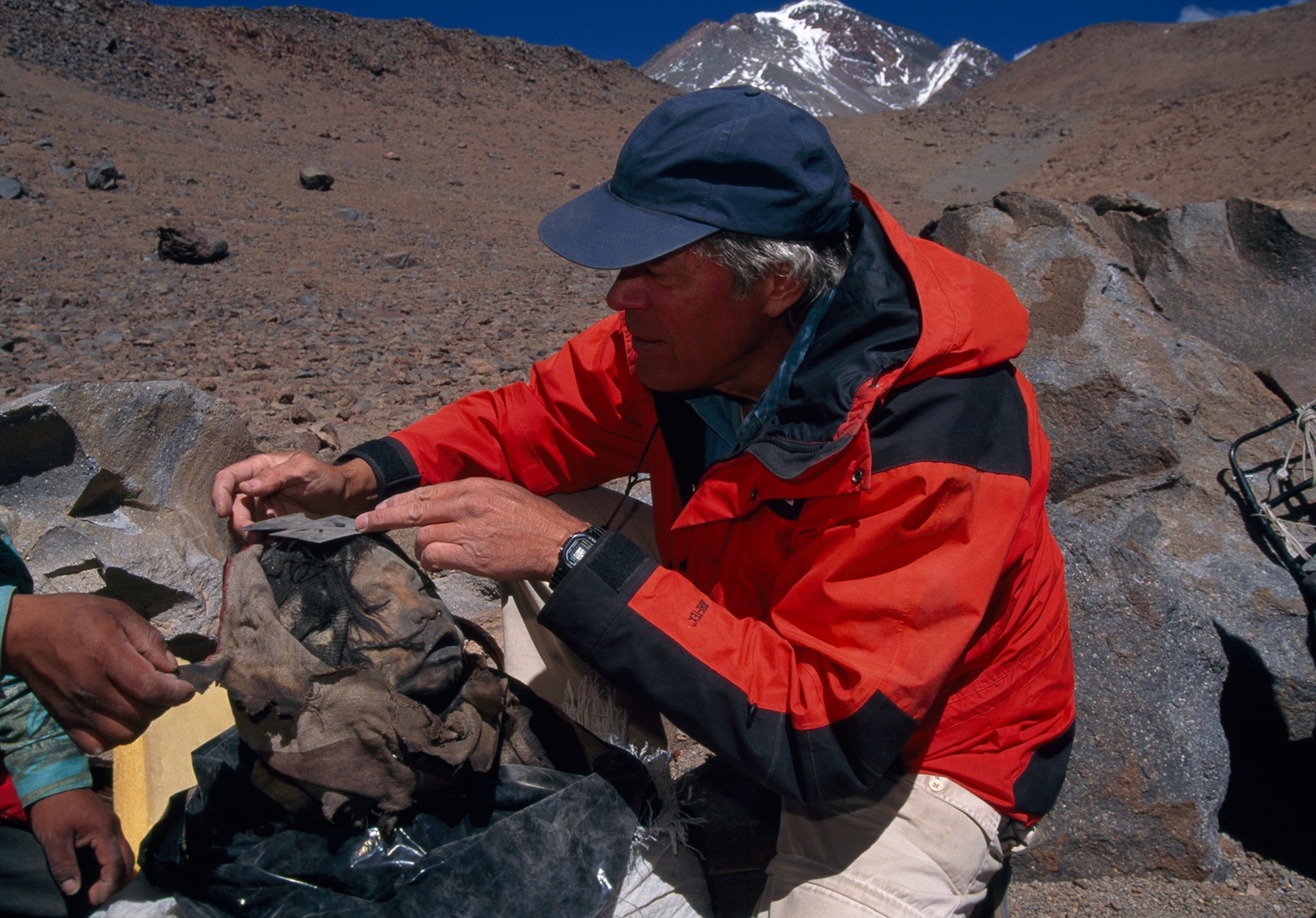
But if there’s one thing the multifaceted adventurer may be best known for, it’s his 1995 discovery of the Inca Ice Maiden.
The more than 500-year-old mummified teenager, found on top of Peru’s icy Mount Ampato, was an Inca sacrifice to the gods. Her well-preserved remains unleashed a wealth of knowledge, providing historical and scientific insight. The discovery helped advance Reinhard’s theories and anthropological research on the sacred beliefs and cultural practices of mountain people in the Andes and Himalaya. His later Andes expeditions led to the discovery of 14 more Inca human sacrifices, as well as the eventual discovery of 50 high-altitude ritual sites.
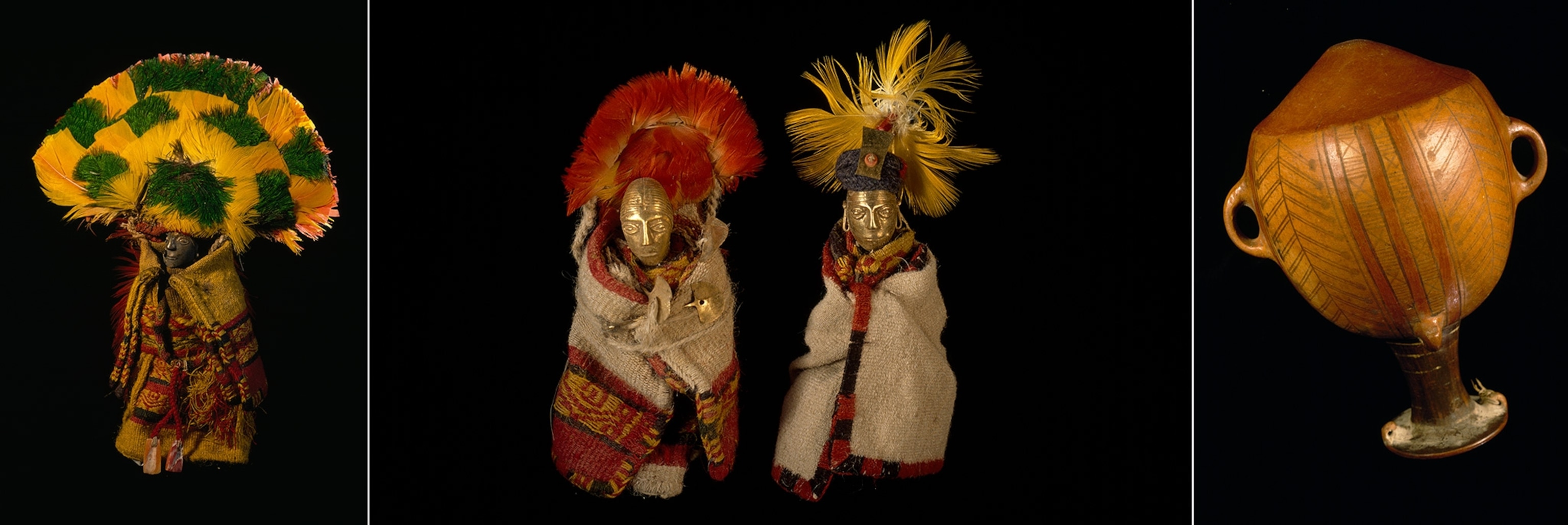
Before exploring the Andes, Reinhard spent ten years in Nepal and in isolated regions of the Himalaya, where he researched some of the last nomadic hunting and gathering tribes. Among them were the Kusunda, who speak a rare language unrelated to any other. Linguists believe it’s the only surviving language of those originally spoken in the Himalaya.
Reinhard has returned to Nepal during the past few years, using technology such as DNA analysis, which he says provides new information about ancient tribes and the role mountains played in religions and tribal customs.
“I’ve always thought that it was important to be in the field to have a better understanding of mysteries, whether they concern people or archaeological sites,” he says. “There is never an end to it.”
National Geographic produced this content as part of a partnership with the Rolex Awards for Enterprise.



